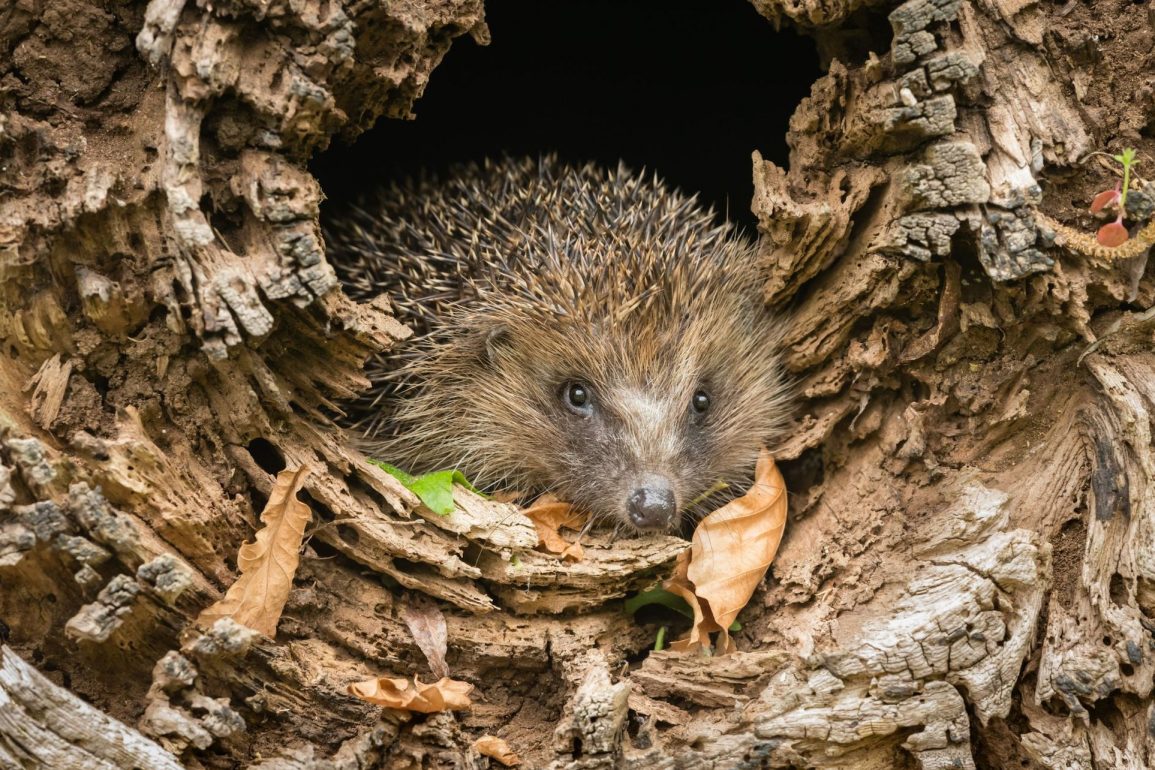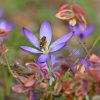7 Expert Tips to Protect Garden Wildlife – The most common animals you’ll find scurrying about in the coming autumn nights are hedgehogs, foxes and perhaps even a badger or two.
However, More than 400 species of mammals, birds and plants have become extinct over the past 200 years in the UK, with the hedgehog among those on the decline.
With this in mind, ClearitWaste.co.uk has compiled its top tips on how to protect the wildlife exploring your garden this autumn.
Be careful when gardening:
Autumn is a popular time for planting. However, be careful when preening your garden in the months of October to April, as this is when most nocturnal animals choose to hibernate.
It may be tempting to clear out all the debris, leaves and twigs, but avoid this. Small mammals such as hedgehogs settle in piles of logs, leaves, plant hedges and even compost heaps. So if you must tidy, leave big piles of leaves alone and take care with powerful tools such as strimmers, lawn mowers and hedge trimmers.
Try not to disturb hibernating animals:
If you do end up disturbing any wildlife, such as a hedgehog, you can simply recover the animal with leaves and avoid further upheaval in that area until early spring. Alternatively, you could build a hedgehog house around the animal as detailed below.
Create a Hedgehog house:
If you want to go one step further to shelter small animals in your garden, you can create a hedgehog house. Find a quiet spot and a wooden box. Fill the box with leaves, straw or hay and then create a tunnel joining to the larger leaf-filled box. This becomes a cosy place for hedgehogs or other small animals to take shelter/hibernate through winter.
The same can be done for a frog home using broken plant pots, soil and rocks, although it is advised to place it around or near the edge of any garden ponds. Plant pots are also great shelters for smaller insects.
Install a bird feeder or leave safe food out:
Bird feeders are a great way to attract not only birds but other small animals such as squirrels.
However, not all wildlife is able to climb to reach bird feeders so you can leave out safe foods for other animals. Safe foods for foxes, badgers and hedgehogs can be a meat-based dog or cat food, or if you feel so inclined specialist feed from a pet store.
For animals going into hibernation, this is known as supplementary feeding. Water is also a great and safe option for wildlife.
Do not use chemical repellents:
Try to avoid any chemical repellents such as slug pellets. Slugs and other small insects are a source of food for hedgehogs and wildlife, and the pellets themselves are toxic. You can further check your gardening supplies for potentially toxic ingredients and regularly check your garden for any harmful waste.
Pet-proof your garden:
In the autumn/winter months, try to cordon off areas you know wildlife will gather and accompany pets, such as dogs, outside when necessary. To prevent your dog from disturbing any hibernating animals sheltered in your garden.
Enter your attic safely:
Wildlife is not only found in your garden but can also take shelter in your attic. So when moving around try not to disturb any bats, birds or even butterflies should you find any.
If concerned about wildlife in your area, contact the nearest help centre here.
Lilly Light


